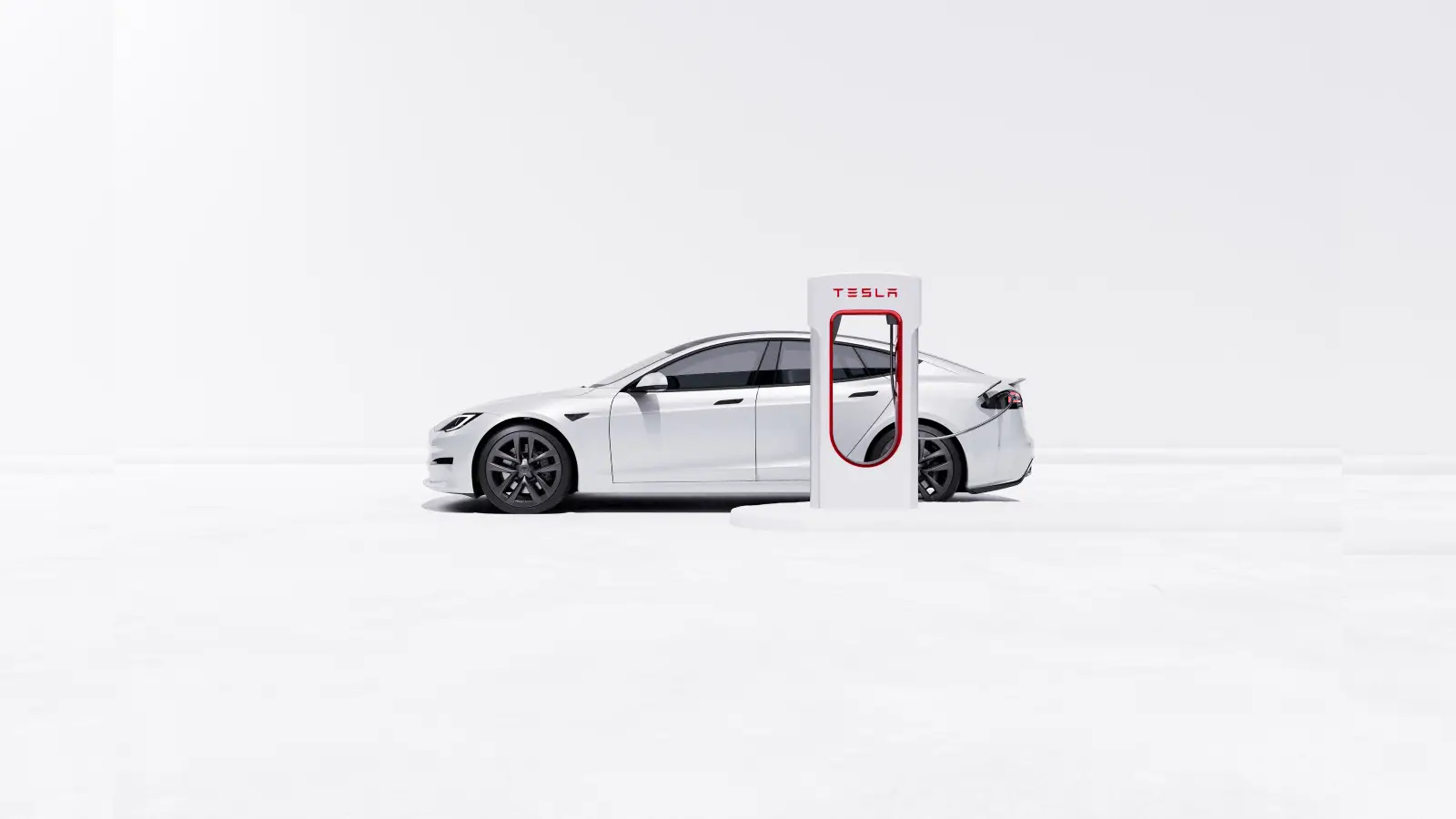News
IEA Reports Record Growth in Renewables and EV Sales in 2024

The IEA’s 2024 report reveals record renewable energy growth, rising EV sales, and CO₂ emissions trends as the global energy sector undergoes a rapid transition.
Global energy dynamics underwent a profound shift in 2024, according to the latest report from the International Energy Agency (IEA). Electricity consumption soared by 1,100 terawatt-hours, or 4.3%, marking the sharpest increase in recent years and nearly doubling the decade’s average growth.
Driving this surge were the electrification of transport, record-breaking heat, and rising industrial demand, particularly from data centers and artificial intelligence applications. In the US, data centers consumed approximately 176 TWh of electricity in 2023, with projections suggesting that figure could rise to between 325 and 580 TWh by 2028. Globally, the IEA expects power demand from data centers, AI, and crypto to more than double by 2026. The digital boom is becoming a major force in global energy markets.
Renewables led the response to this growing demand. A record 700 GW of new capacity was installed, marking the 22nd consecutive year of growth. China dominated the field, adding 357 GW of wind and solar — enough to meet its 2030 renewable targets six years ahead of schedule. India also ramped up its solar capacity, contributing significantly to global gains.
As a result, renewables and nuclear power accounted for 80% of the global electricity supply increase. For the first time, they covered 40% of total electricity generation. Nuclear power saw its fifth-strongest year of growth in three decades.
Among fossil fuels, natural gas posted the largest increase — 115 billion cubic meters — driven by mounting electricity needs.
Meanwhile, EV sales jumped 25%, with one in every five cars sold worldwide now electric. Chinese manufacturer BYD surpassed its 2024 target, delivering over 3.7 million vehicles — strengthening China’s lead in the global EV race.
Oil demand reflected this shift, growing just 0.8% and dropping below 30% of total energy demand for the first time since peaking at 46% fifty years ago.
Coal use rose just 1%, with more than 90% of that increase driven by China and India. Intense heatwaves across both countries played a major role in this uptick.
Despite these climate extremes, there are signs of progress. CO₂ emissions in advanced economies fell by 1.1%, returning to levels last seen 50 years ago. According to the IEA, the rapid adoption of clean technologies has now helped avoid 2.6 billion tonnes of CO₂ emissions annually — equivalent to about 7% of global emissions.
IEA Executive Director Fatih Birol emphasized that the growing role of electricity and EVs is steadily breaking the link between economic growth and emissions. The 2024 data, he noted, clearly illustrates that the world is entering a new energy era — one where clean power is taking center stage.
2025, Mar 24 08:15


